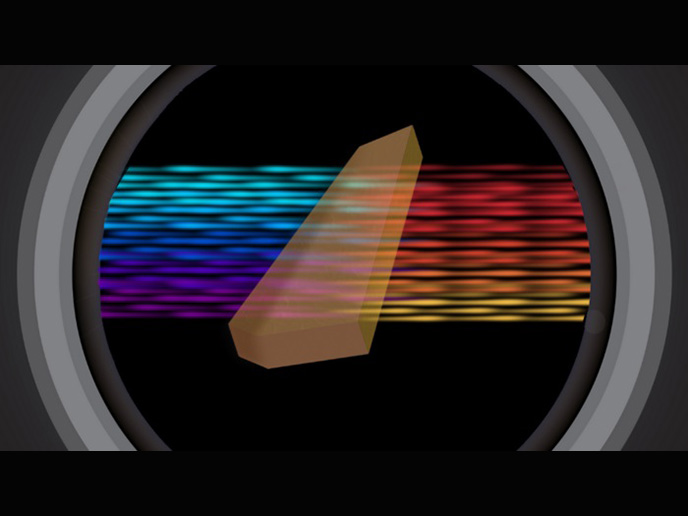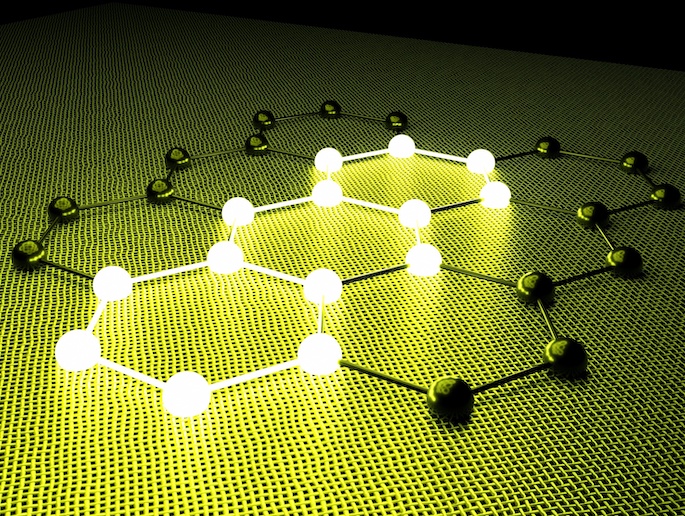2D material deformation leads to new electronic devices
With unique electronic, mechanical and optical properties, graphene is an amazing 2D material and one of nature's thinnest elastic membranes. In particular, this wonder material makes an excellent candidate for nanoelectromechanical system applications; sensors consisting of suspended graphene membranes represent the thinnest mechanical resonators. Scientists within STRENGTHNANO (Strain engineering of atomically-thin nanomembrane-based electromechanical devices) investigated the possibility of developing straintronic applications using graphene and other 2D materials with properties radically different than those of graphene. The straintronics field is a promising new avenue towards developing devices with extra functionalities that cannot be obtained with 3D semiconductors. The behaviour of such devices can be engineered by introducing mechanical deformations in 2D semiconductors, leading to devices with useful electronic and optical properties. The team demonstrated that when applying non-uniform strain on graphene and molybdenum disulphide (MoS2), electrons behave in a different way. This phenomenon was used to successfully modify electronic and optical properties as well as control exciton dynamics of these 2D semiconductor materials. This finding proves that strain engineering can enhance device performance by fine-tuning mechanical and electronic properties. Scientists pioneered techniques for fabricating suspended multilayer graphene and MoS2 nanostructures. Among the different methods followed for introducing strain were bending the flexible substrates and wrinkling the semiconductors. Another project activity included the development of mechanical resonators based on few-layer graphene with tunable electromechanical properties and electrical readout of their vibration. In addition, the team demonstrated mechanical resonators based on single-layer MoS2 with optical readout of its oscillation. Modifying electronic properties through strain (straintronics) is an important field of study in low-dimensional materials. Research work in STRENGTHNANO should give Europe a big edge in developing a new generation of electronic devices. Project activities and outcomes were disseminated in numerous publications in peer-reviewed journals.







